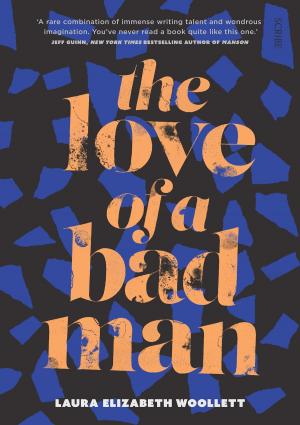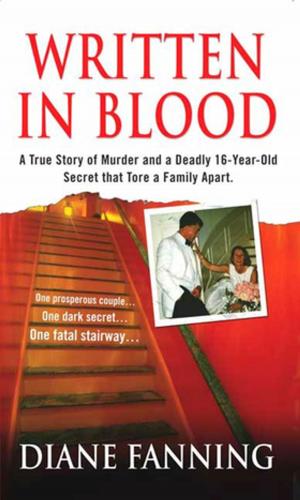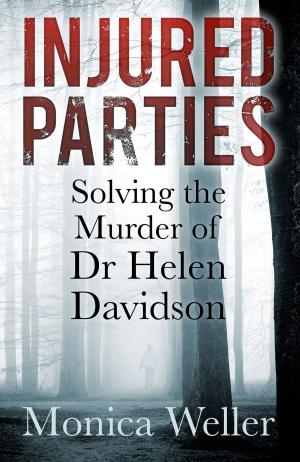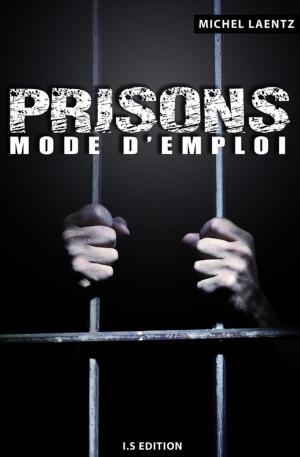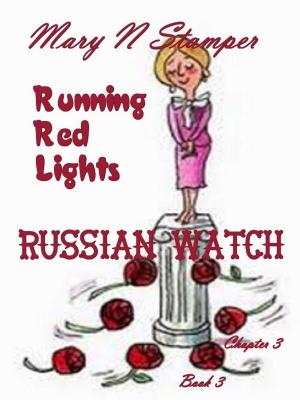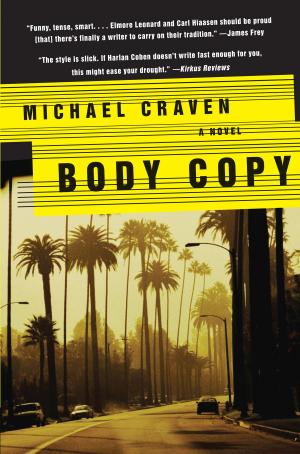Dissecting Death
Secrets of a Medical Examiner
Nonfiction, Social & Cultural Studies, Social Science, Crimes & Criminals, Criminology, Murder, True Crime| Author: | Frederick Zugibe, M.D., David L. Carroll | ISBN: | 9780767921640 |
| Publisher: | Crown/Archetype | Publication: | July 12, 2005 |
| Imprint: | Broadway Books | Language: | English |
| Author: | Frederick Zugibe, M.D., David L. Carroll |
| ISBN: | 9780767921640 |
| Publisher: | Crown/Archetype |
| Publication: | July 12, 2005 |
| Imprint: | Broadway Books |
| Language: | English |
From TV’s CSI to bestsellers by Patricia Cornwell and Kathy Reichs, interest in forensics is at an all-time high. Now one of our most respected forensic pathologists gives a behind-the-scenes look at eleven of his most notorious cases, cracked by scientific analysis and Sherlock Holmesian deduction.
As chief medical examiner of Rockland County, New York, for almost thirty-five years, Dr. Frederick Zugibe literally wrote the book on the subject—his widely used textbook is considered the definitive text. Over the years he has pioneered countless innovations, including the invention of a formula to soften mummified fingers—enabling fingerprinting, and thus identification, of a long-deceased victim. He has appeared as an expert hundreds of times in the media and in the courtroom—and not once has a jury failed to accept his testimony over opposing expert witnesses. And now, in Dissecting Death, he has opened the door to the world of forensic pathology in all its gruesome and fascinating mystery.
Dr. Zugibe takes us through the process all good pathologists follow, using eleven of his most challenging cases. With him, we visit the often grisly—though sometimes shockingly banal—crime scene. We inspect the body, palpate the wounds, search for clues in the hair and skin. We employ ultraviolet light, strange measuring devices, optical instruments. We see how a forensic pathologist determines the hour of death, the type of weapon used, the killer’s escape route. And then we enter the lab, the world of high-tech criminal detection: DNA testing, fingerprinting, gunshot patterns, dental patterns, X-rays.
But not every case ends in a conviction, and in a closing chapter Dr. Zugibe examines some recent high-profile cases in which blunders led to killers going free, either because the wrong party was brought to trial or because the evidence presented didn’t do the trick—including Jon-Benet Ramsey’s murder and, of course, the O.J. Simpson trial.
From TV’s CSI to bestsellers by Patricia Cornwell and Kathy Reichs, interest in forensics is at an all-time high. Now one of our most respected forensic pathologists gives a behind-the-scenes look at eleven of his most notorious cases, cracked by scientific analysis and Sherlock Holmesian deduction.
As chief medical examiner of Rockland County, New York, for almost thirty-five years, Dr. Frederick Zugibe literally wrote the book on the subject—his widely used textbook is considered the definitive text. Over the years he has pioneered countless innovations, including the invention of a formula to soften mummified fingers—enabling fingerprinting, and thus identification, of a long-deceased victim. He has appeared as an expert hundreds of times in the media and in the courtroom—and not once has a jury failed to accept his testimony over opposing expert witnesses. And now, in Dissecting Death, he has opened the door to the world of forensic pathology in all its gruesome and fascinating mystery.
Dr. Zugibe takes us through the process all good pathologists follow, using eleven of his most challenging cases. With him, we visit the often grisly—though sometimes shockingly banal—crime scene. We inspect the body, palpate the wounds, search for clues in the hair and skin. We employ ultraviolet light, strange measuring devices, optical instruments. We see how a forensic pathologist determines the hour of death, the type of weapon used, the killer’s escape route. And then we enter the lab, the world of high-tech criminal detection: DNA testing, fingerprinting, gunshot patterns, dental patterns, X-rays.
But not every case ends in a conviction, and in a closing chapter Dr. Zugibe examines some recent high-profile cases in which blunders led to killers going free, either because the wrong party was brought to trial or because the evidence presented didn’t do the trick—including Jon-Benet Ramsey’s murder and, of course, the O.J. Simpson trial.

